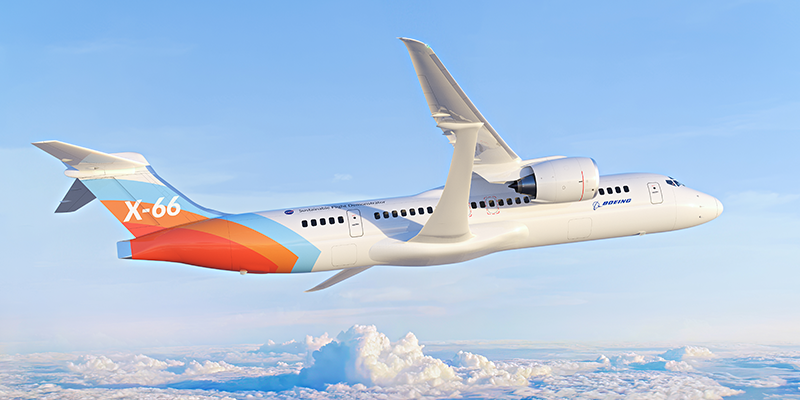As the global aviation industry looks toward its goal to achieve net-zero carbon emissions by 2050, developing sustainable flight solutions has become a priority. NASA’s Sustainable Flight Demonstrator (SFD) project aims to design, build, and flight test a full-scale single-aisle X-plane, designated X-66, equipped with a transonic truss-braced wing (TTBW) to reduce carbon emissions and improve efficiency.
Aurora Flight Sciences, a Boeing company, is a part of the Boeing team selected for the project. Aurora will play a pivotal role, focusing on the design, build, integration, and delivery of the TTBW system. The process includes leveraging state-of-the-art composite technology to create a wing that combines exceptional strength with lightweight efficiency. The unique high-aspect-ratio wing design will enhance aerodynamic performance by significantly reducing the amount of drag compared to a traditional wing design.
While longer, thinner wings may prove to be more efficient, the unique design comes with several challenges. Extending an airplane’s wing places additional loads on the wings which makes them more susceptible to turbulence. A thinner wing also means less space for the necessary wiring and components housed within the wing. Engineers must figure out a way to strengthen the wings and keep all the necessary components inside without adding too much weight, which would negate the efficiency benefits.
The TTBW design incorporates a supporting truss and strut that minimize the weight and space penalties associated with high-aspect-ratio wings. This approach enables longer, lighter, and thinner wings while maintaining structural integrity. The SFD team will modify a McDonnell Douglas MD-90 aircraft to accommodate the novel wing design.
The origins of the SFD project trace back to Boeing and Aurora’s work on NASA’s Subsonic Ultra Green Aircraft Research (SUGAR) program, spanning from 2009 to 2021. The program aimed to identify future aircraft technologies, culminating in the development of the TTBW concept. Over the years, successive SUGAR studies refined the wing’s sweep and stability, paving the way for today’s TTBW design.
Aurora’s involvement in the program spans across all of the company’s sites. Engineering and design work for the TTBW system is taking place at Aurora’s Massachusetts, Virginia, and Switzerland sites, while manufacturing work will take place at Aurora’s Bridgeport, West Virginia and Columbus, Mississippi facilities.
The SFD project is expected to conclude with a one-year flight campaign in 2028, intended to demonstrate the efficiency of the novel wing design. The flight tests will use strain gages, accelerometers, and a variety of additional sensors to measure the aircraft’s aerodynamic performance and discover any nuances that simulations are unable to predict.
This project is just one way Aurora is working to advance the future of sustainable flight. The company’s expertise in novel aircraft configurations, electric propulsion, and lightweight structures is contributing to various sustainability initiatives across the industry. Learn more about our work in sustainable flight here.


